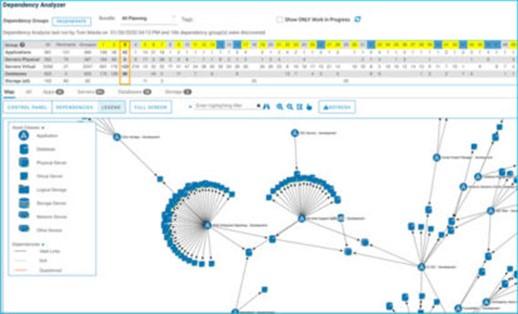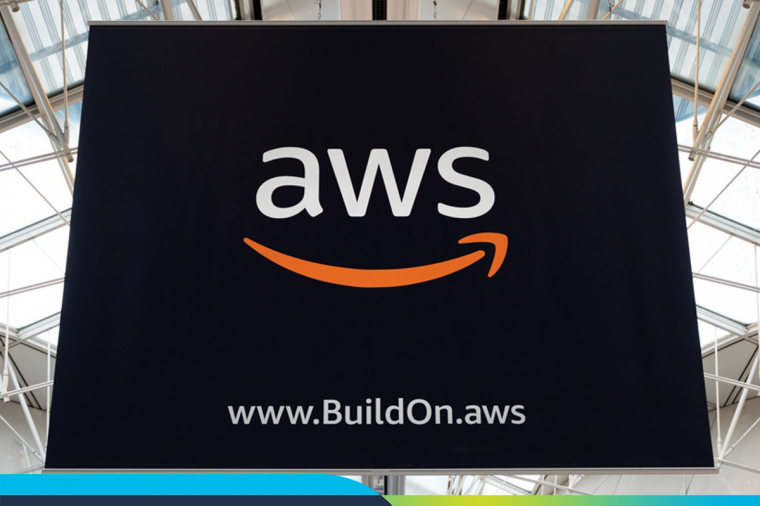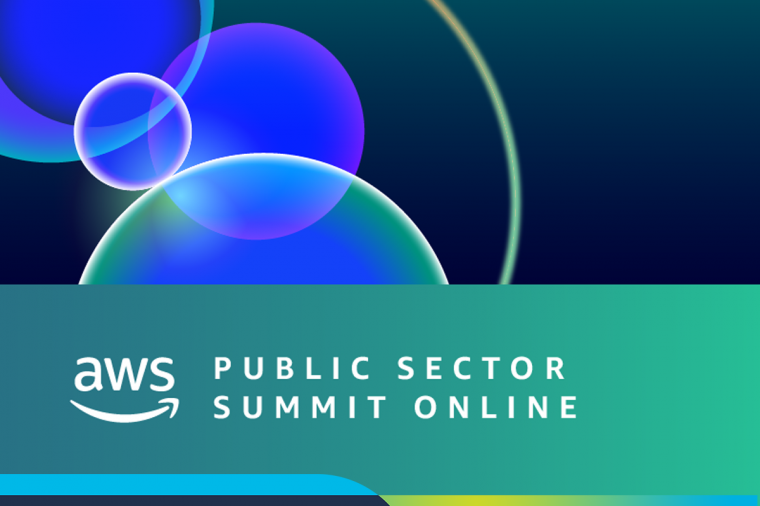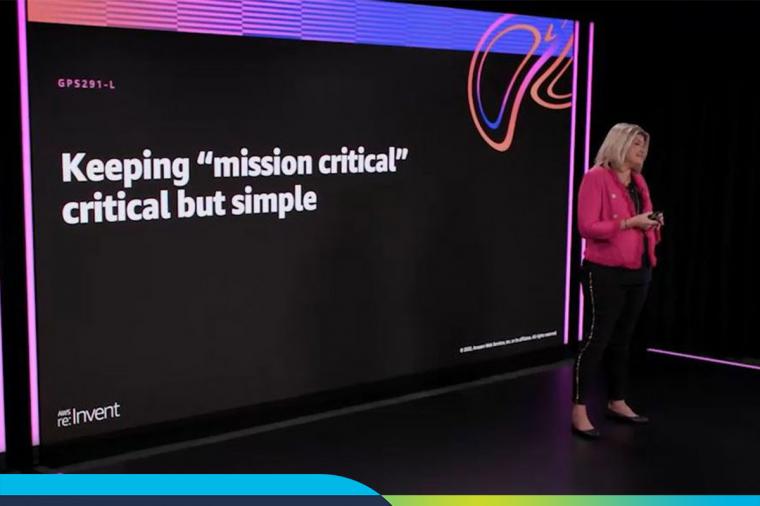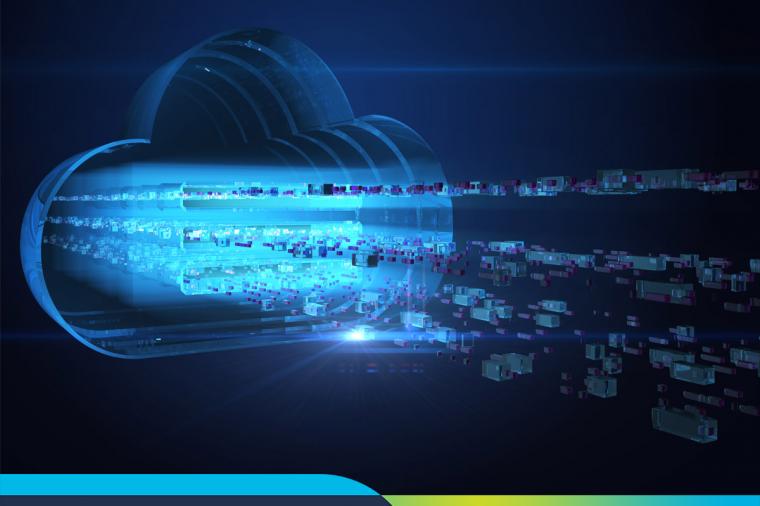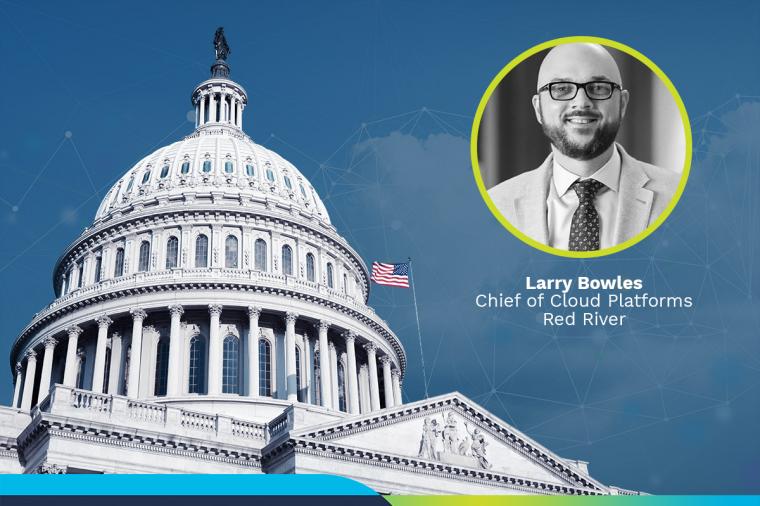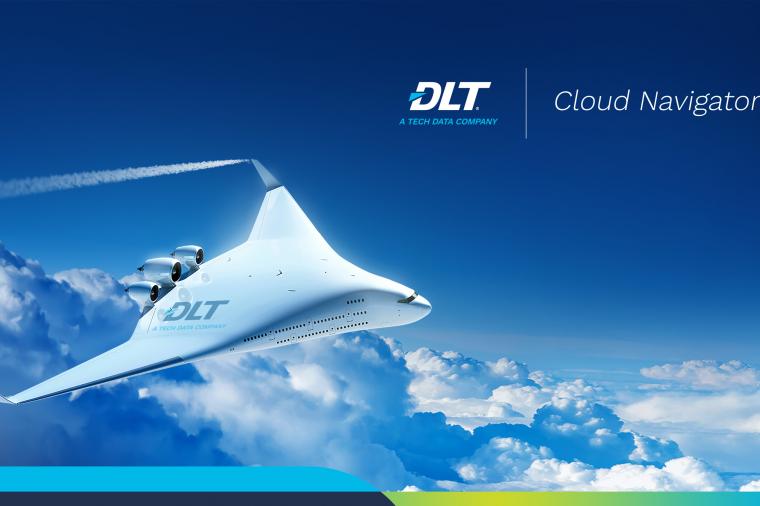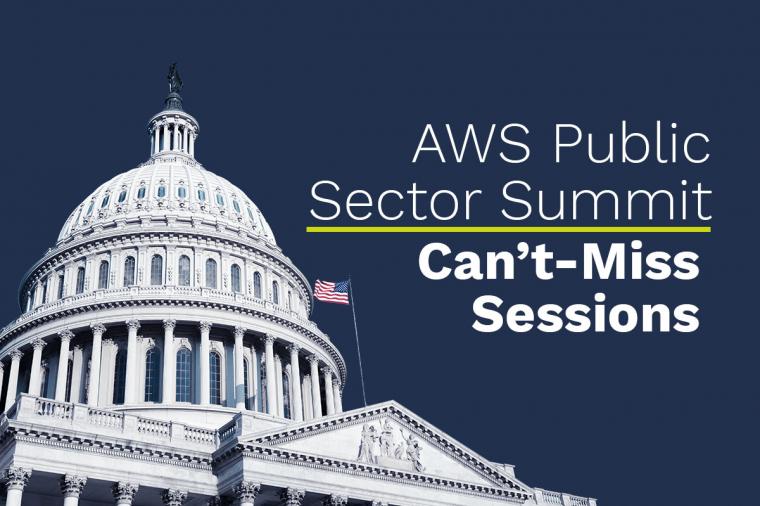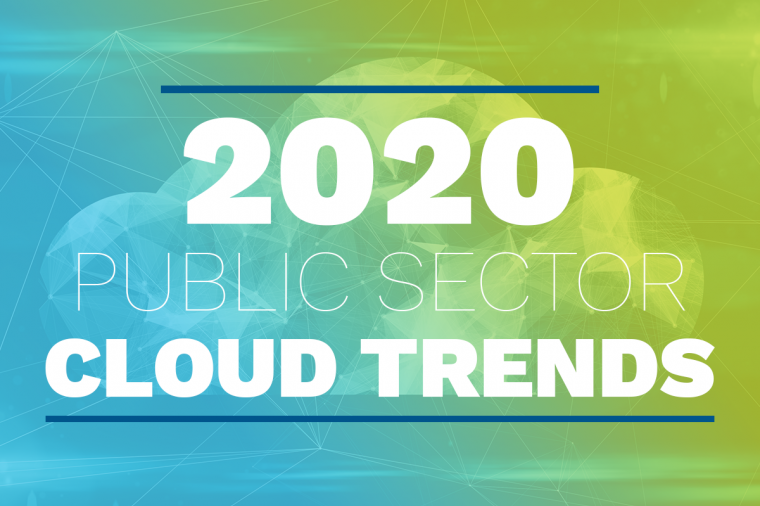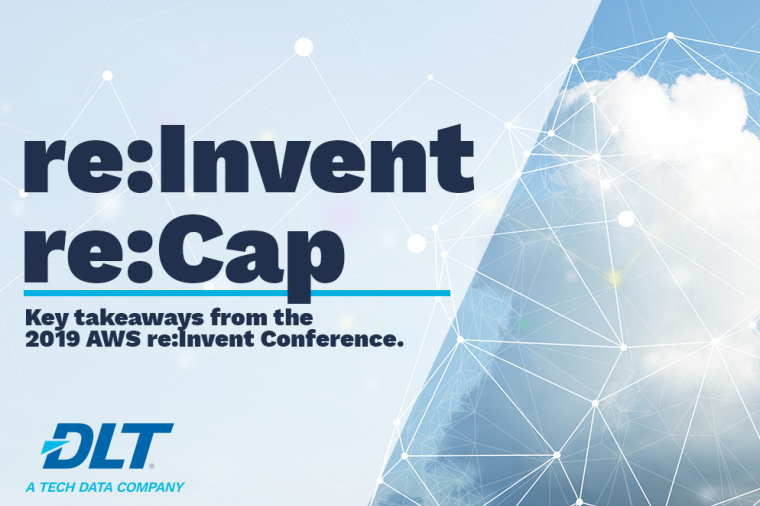Cloud Migrations in the Public Sector: Why Understanding App Dependencies is Step 1

In its 2021 State of the Cloud Report, Flexera shared the results of a survey on cloud adoption and migrations across industries and types of organizations. The report confirms that cloud migrations are accelerating rapidly, as IT leaders grapple with the pressure to accelerate their modernizations while managing costs. And the public sector is no exception to this trend.
The passage of the American Rescue Plan Act of 2021 included a provision of a billion dollars in funding for the Technology Modernization Fund (TMF). This additional funding for modernization will enable agencies to further accelerate migrations to the cloud, a major but essential step forward if IT is to keep pace.
But it’s not easy. In the course of our work and recent conversations with state, local and federal leaders, as well as a review of a flurry of RFPs and RFIs, it’s clear that many are clamoring to get their cloud migration plans underway to meet the increasingly sophisticated service expectations of their constituents.
I’ve seen many organizations start and then stumble with these efforts, as they run into the challenge of identifying their full IT landscape. In fact, not long ago I was at the helm of a major business unit for an enterprise organization and we thought we were ready to move forward because we had a good handle on all of our infrastructure and associated applications. But we soon learned otherwise. I wasn’t too pleased to discover that there were many rogue assets that we knew little about, which quickly forced us to put our plans on hold.
It’s clear that I’m not alone in running into unexpected hurdles and unknowns when building an aggressive cloud strategy. In the State of the Cloud Report Flexera’s results show that understanding app dependencies remains not only critical but a major challenge for 51% of the respondents from across industries.
Getting it Right from the Start
As you make decisions about your IT infrastructure, consider that you’re not just migrating an application–you are migrating all of the infrastructure that is connected to it. And in today’s dynamic environments, interdependencies between apps can be complex and extensive. Failure to account for those complexities and interdependencies across the IT landscape often leads to delays, breakdowns, and disruption to critical business services.
The first step, particularly for a complex enterprise, like a federal or state agency, is to recognize and understand the entire IT estate. You need to know exactly what assets are in your IT environment and have current, accurate configuration data. IT staff must understand application-to-application and application-to-services dependencies as well as application-to-infrastructure. Oftentimes just identifying the primary application is not enough, and a clear depiction of upstream and downstream relationships is required to fully prepare for changes and communicate impact to stakeholders.
For example, let’s say you’ve recovered your primary application in the public cloud, but you were unaware that a SaaS provider you used for a web service is part of your payment flow and needed to be notified of an IP Address change.
While such a dependency might be easily overlooked, it could lead to the inability to deliver a critical business service. A clear picture of the overall impact of an operational issue, such as a failed server and how its effects might reverberate beyond the primary application, will save you critical time and reduce the otherwise negative impact your organization would experience.
This clear and complete understanding of your environment is a critical foundation for making decisions, increasing speed and agility, eliminating costly downtime and maintaining regulatory compliance.
Here are a few steps that should be taken to build an accurate, current foundation for your IT future:
- Ingest information describing all elements of your environment from a variety of sources and then normalize the data to filter out noise and build a single, consistent source of truth. You must thoroughly map your environment, which is harder than it sounds. IT environments are becoming increasingly complex, and the chances that critical information about applications is going to be siloed in various departments is only growing. It helps to have an interactive, visualization of that environment; not only does this make it clear where the connections and rogue assets may be lurking, it enables collaboration and rapid decision making with your team and relevant application owners
- Validate the data and application dependencies with subject matter experts to mitigate the risk of missing key relationships and dependencies, enabling teams to make better decisions. In fact, it’s critical in the discovery phase to engage the organization’s SMEs in short, but meaningful interviews to obtain physical/virtual inventory, application inventory and dependencies.
Once you have a complete view of how the various applications and other IT components are dependent on each other, you can decide which groups of applications can be moved. This can save tremendous time and resources in a data center migration, a move to the cloud or some other system improvement – and avoid disruption to services.
To see how TransitionManager helps you to better understand your applications and their dependencies watch a demo here.
